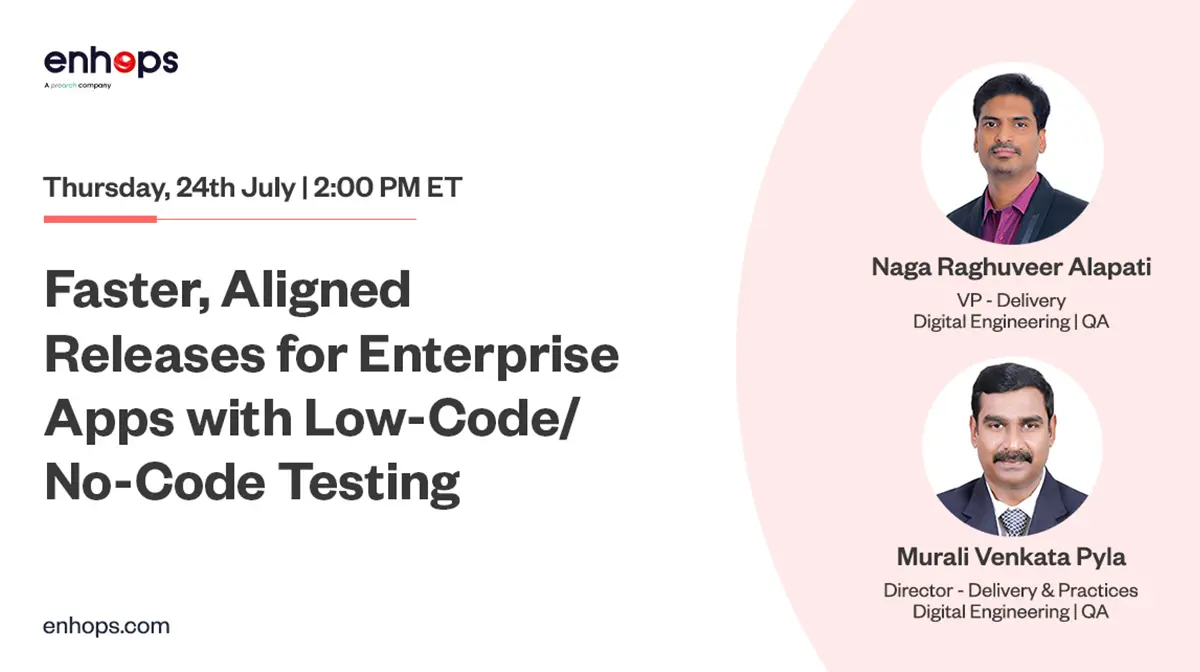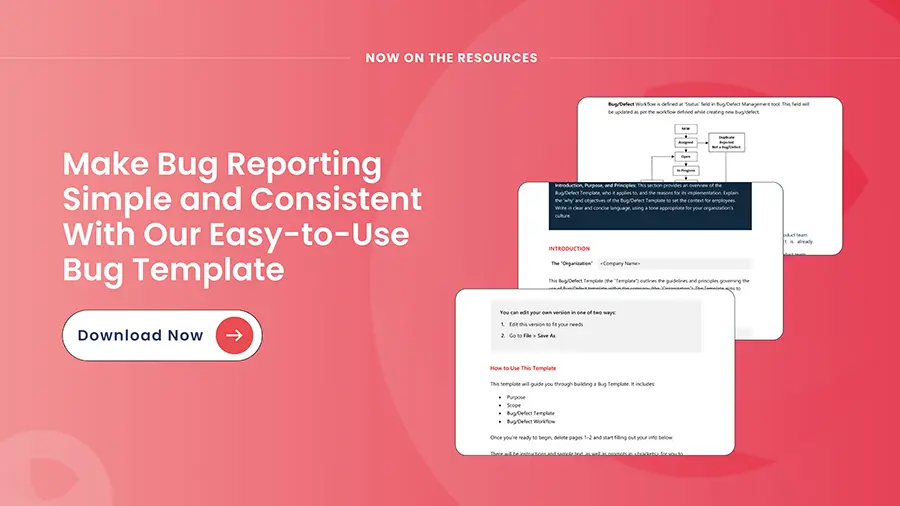Every software engineering team has this unfulfilled dream of producing 100% defect-free software. And why not, with the advanced coding techniques, AI, and ML penetrating into almost all areas of requirements gathering, coding, development, designing, and testing, defect-free software should be attainable pretty soon. But this is not possible.
Like other areas of business and normal life, the world of software development is ever-changing. Applications and systems are getting more complex than before. For instance, take a regular banking customer-facing application. A decade ago, testing was limited to login functionality on desktops or laptops. Today, applications must provide the same capabilities on mobile devices while also integrating with messaging platforms like WhatsApp and chatbots for seamless omnichannel experiences.
As applications and technologies are getting advanced, interconnected, and complex, releasing defect-free software will remain elusive. But with the implementation of testing best practices, it is possible to reduce overall technical debt and improve output of software development teams.
This article outlines a few reasons why releasing 100% defect-free software is impossible and sheds light on testing best practices any team can adopt to improve their development outputs.
- Ever-changing requirements – Software requirements are ever-changing because business needs and customer expectations keep evolving at an unprecedented pace. This means that developers are constantly adding new features, modifying existing ones, and removing obsolete ones. In such a scenario, testing teams must continuously add more testing gates to test every new functionality thoroughly. This ensures that new functionalities stay within the old features and that the software is running as before.
- Complexity – Modern software systems are incredibly complex. These systems are designed to perform many tasks, and the interactions between different parts of the system can lead to unexpected behavior, manifesting as bugs. The sheer complexity of these systems leads to the inevitability of bugs. Even with the introduction of best of the best testing tools and technologies, understanding these complex systems and continuing to test them without any defect slippages is ambiguous.
- External Factors
- Human Error -Even the most experienced software development and testing teams can overlook certain details or make errors in their code. Further advancing technologies and complex systems make it difficult to ensure everything is perfect and 100% defect free. These mistakes can lead to bugs, emphasizing the difficulty of achieving 100% bug-free software.
- Hardware/Platform Changes – Software often needs to run on different hardware configurations and operating systems. These variations can lead to unique bugs that only appear under specific conditions. Ensuring that software runs flawlessly on every possible configuration is a monumental task, further complicating achieving bug-free software.
- Trade-offs – Achieving perfect software can come at a significant cost, requiring extensive testing, documentation, and verification processes, potentially delaying release and exceeding budget constraints. Balancing the pursuit of perfect software with time and budget constraints often involves making strategic compromises. For that, some iterative development methodologies, such as Agile, are increasingly adopted to address this tradeoff by fostering flexibility and allowing for continuous improvement throughout the software development lifecycle.
- Lack of Documentation – As software development teams get engaged in building and releasing software, they miss on maintaining documentation. This can lead to varied understanding when human manpower leaves any organization and leaves it up to another person to comprehend and understand documentation. Software developers always must document their code when building a product. With the right documentation, they will be able to modify or build upon the project to complete it. It can also lead to bugs if the code needs to be well documented. Complex code often introduces bugs to your software because other developers need help with reading and understanding it.
Achieving near defect-free software
Developing and releasing perfect software is impossible, but reducing bugs and improving software performance is critical for success. To achieve this, every organization and team must consider quality engineering practices from day zero. Some of the best practices below can be implemented to achieve near defect-free software.
- Involving testers early in the development lifecycle– It is essential for testers to understand the application architecture, design, and code approaches and be part of the overall development process. Involvement at early stages creates better collaboration between developers and testers making everyone responsible for quality software. Adopt formal design and code review processes to catch bugs early in the lifecycle. Implement quality and testing check gates at each level. Provide proper training and education to developers, security, and training teams to release defect-free software.
- Shift Left Testing:This involves implementing testing early in the development lifecycle. Some formal methods of implementing shift left testing are integrating continuous testing in CI-CD pipelines, ensuring unit testing practices are adopted at the developer level before code check-ins, automating regression suites, implementing incremental testing in dev environments, and adopting practices like pairing on test designs.
- Devices: Factor for the plethora of devices and narrow down the target devices and use real devices as much as possible to validate real-time user experiences, catches compatibility issues, and tests the systems against precise and realistic data, building more confidence for releases.
- Follow KPI’s: What can be measured, can be improved. Teams must be aware of business metrics and what KPIs they are chasing. Implementing and following the KPI that can help teams make decisions accordingly and improve overall software testing metrics.
- Auditing testing frameworks: Implement/incorporate an Audit framework and perform frequent reviews to identify the deviations and take corrective action.
- Investing in appropriate tools: Teams must understand their testing and software development requirements and then identify the tools and frameworks that help in code review, build a test automation suite, and integrate continuous testing in CI-CD pipelines.
- Business Coverage: Identify the end-to-end scenarios and ensure the business coverage is achieved. Ensure that user flows and journeys are given utmost importance rather than following the documented steps. Testers need to be highly creative and empathetic in understanding user behaviour.
Even after implementing the best practices, we may still see defects in the product. The industry average defect leakage is between 5-15%. Achieving any number between this range requires high-quality software. With that average in sight, a software development team can target defect-free software.
In the development stages, it is okay to have a 10 to 15% leakage, but as teams reach close to release, these numbers must be minimized up to 5 to 7%. The project is in perfect shape if we can achieve anything more than that.
Defects will persist, but defences can be substantial
While software defects are part of the development lifecycle, teams need to understand and keep working towards minimizing these defects at later stages in the development lifecycle. Testing teams must act as huge quality advocates and keep reminding and implementing testing best practices from time to time.
Want to achieve near defect free software? Write us at info@enhops.com or Contact us.



